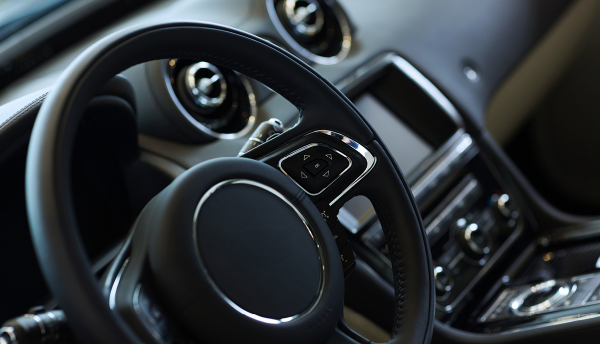
Great Wall Motors has recently announced a number of partnerships with tier 1 suppliers Eaton, TRW Automotive and Autoliv for components in its vehicles. The strategic partnerships will see Eaton supply engine valve mechanism, torque control products, superchargers and fuel evaporation and emission control systems. Meanwhile TRW will supply a belt-driven electric power steering system for a new Great Wall sport utility vehicle (SUV) to be released in 2015. Airbag and safety systems manufacturer Autoliv will construct a new plant in Baoding, in China’s Hubei province where automaker Great Wall is based.
Great Wall is currently expanding its range of vehicles in production and strengthening supply of components from international tier suppliers. The automaker has already used Eaton products in the Great Wall H3, Great Wall H5 and Wingle pickups. Great Wall Chairman Wei Jianjun stated that the automaker’s focus continues to rest on SUVs with a greater range of SUV from the smaller sized SUVs to larger SUVs.
Airbag and safety systems manufacturer Autoliv will construct a new plant in Baoding, in China’s Hubei province where automaker Great Wall is based. Autoliv will begin building the plant in the second half of 2014. The new Autoliv plant will produce airbags for the SUV and compact sedans built by Great Wall. These will be primarily for the Haval SUV and the C30 sedan.
Meanwhile German automaker Daimler also showed a SUV Coupe concept at the Beijing Motor Show. The SUV is expected to dominate the show as carmakers look to move away from the crowded passenger car market.
Too late for Chinese automakers?
Despite the flurry of announcements from Great Wall, there is already the feeling that local Chinese automakers are losing the battle for supremacy in the region. Large state-owned car companies have thus far enjoyed a steady flow of profits from their joint-ventures with foreign manufacturers. Because of this, they’ve failed to develop own-brand vehicles that can compete domestically, let alone in North America and Europe.
In addition to this, OEMs operating in China have had to cope and are still coping to a certain extent with the lack of development of the local supplier industry. The historical sourcing preference of domestic OEMs was to produce as much as possible in-house, an operating model that started to change as the Chinese car market developed in sophistication and required foreign technology. Foreign OEMs have adapted to this, while domestic OEMs have taken longer to develop solutions and are only just realising the value of foreign suppliers.
China’s largest carmaker, SAIC Motor, sold just 330,000 of its own-brand cars last year, compared with more than 1.57m units sold by its joint-venture SAIC-General Motors-Wuling, according to IHS Automotive. The biggest strategic group is still VW, who had sales of 3.26m cars in China last year.
The local supply base has been serving the needs of domestic non-JV OEMs with their product line-up that featured vehicles with relatively obsolete technologies for which no major R&D outlay was required and with component costs well known by the OEMs. Purchasing operations of local OEMs have been key contributors to overall company profitability as material costs were being controlled effectively. Now, it seems, Chinese OEMs are starting to realise the level of competition and are playing catch-up. But is it all too little, too late?
Great Wall: China production forecast 2011-2016 (Source: IHS Automotive)
|
2011 |
2012 |
2013 |
2014 |
2015 |
2016 |
|
|
Great Wall |
486508 |
624422 |
757662 |
832520 |
929675 |
981923 |








